.jpg)
- Beetle larvae exhibit diverse feeding habits and body shapes, highlighting their adaptability to different environments.
- Specific types of beetle larvae, such as Carabid, Click, Buprestidae, Dermestid, Coccinellid, Scarabaeid, Cetonine, Passalid, Chrysomelid, Cerambycid, and Weevil larvae, have distinct diets and play essential roles in various ecosystems.
- Hypermetamorphosis is a phenomenon observed in some beetle larvae, whereby different larval types exist in different stages, contributing to their survival and development.
- Understanding the life cycle of beetle larvae, including the pupal stage and the strategies they employ for survival, enhances our knowledge of these species and their ecological significance.
- Beetle larvae have diverse ecological relationships, facing both parasites and natural predators in their ecosystems.
- Beetle larvae, due to their feeding habits, body shapes, and role in ecosystems, have an important place in maintaining the balance and functioning of various ecosystems.
Beetle larvae play a vital role in ecosystems, and understanding their diet is crucial. In this section, we’ll explore the intriguing world of beetle larvae and why their dietary habits are of utmost importance.
Discover the fascinating facts and insights into what these larvae consume as we delve into their role as essential decomposers and contributors to nutrient cycles.
Understanding their diet will shed light on the broader ecological processes that rely on these small but mighty creatures.
Brief explanation of what beetle larvae are

Beetle larvae are immature forms of beetles. They take on a worm-like appearance.
To comprehend beetle populations, their life cycle is essential. Studying their diet and feeding habits provides insight into environmental relationships.
The diets of beetle larvae depend on the species and their stage of growth. A few feed on a wide range of organic materials, such as fungi or decaying plants.
Others have specialized diets, like other insects or animal remains.
Carabid beetle larvae feast on other small insects. Click beetle larvae munch on plant roots.
Buprestidae larvae tunnel into wood for nutrition. Dermestid larvae scavenge dead animals and animal products.
Coccinellid larvae prey on aphids. Scarabaeid larvae consume decomposing organic matter.
Cetonine larvae eat rotting wood or plant material. Passalid larvae host a mutualistic relationship with fungus, which they eat along with wood debris.
Chrysomelid and Cerambycid larvae chow down on plant parts, like leaves or stems.
Weevil larvae habitually eat stored grains or nuts.
Some beetle larvae display hypermetamorphosis, with various types in a single species.
Ladybug larvae, for instance, have distinct larval types in different stages. This helps them to adjust to multiple environments.
The life cycle of beetle larvae involves the pupal stage, where they transform into adult beetles.
During this time, they use survival strategies like camouflage or burrowing.
Beetle larvae face parasites which hurt their health. They are also prey for birds, reptiles, and other bugs.
Balancing the ecosystem is necessary for beetle larvae to perform their roles as decomposers, pollinators, or pest controllers.
Importance of understanding their diet
Gaining insights into beetle larvae’s diets is key to understanding their ecological role and effects on ecosystems.
Researchers learn about the relationships between beetle larvae and other organisms, as well as their nutritional needs. This info guides conservation efforts and pest management.
Furthermore, studying beetle larvae’s habits helps examine how they interact with food sources.
Different species have unique dietary preferences. Some are carnivorous, while others are herbivorous.
This helps comprehend beetle larvae’s role in ecosystem dynamics.
For instance, herbivorous ones cycle nutrients by consuming vegetation and aiding decomposition.
Carnivorous ones control pests that harm crops or spread diseases.
Moreover, particular beetle larvae and their diets add further insights into their niches.
Carabid beetle larvae feed on caterpillars, slugs, and snails, making them important predators in agriculture.
Click beetle larvae eat organic matter like decaying wood or leaf litter.
Buprestidae larvae consume plant tissue inside wood or under bark layers.
Dermestid larvae scavenge animal remains or dried organic matter like feathers or fur.
Considering the diversity of beetle species and larval forms, understanding each type’s dietary needs is critical. This helps researchers comprehend beetle biology and ecology, contributing to our knowledge of broader ecosystems.
It also aids in conservation strategies and management plans for both pest species and endangered or threatened beetles.
In sum, understanding beetle larvae diets is essential to unraveling their complex roles and impacts in habitats.
Overview of Beetle Larvae’s Feeding Habits
Beetle larvae, with their diverse body shapes and species-specific feeding habits, provide fascinating insights into the world of insect nutrition.
From the diversity in their physical characteristics to the various ways they obtain sustenance, exploring the feeding habits of beetle larvae offers a window into their unique ecological roles.
Diversity of beetle larvae and their body shapes
Beetle larvae come in a remarkable variety of shapes. This diversity is essential to understand for gaining insights into their ecological roles and behaviors.
Body shapes reflect their distinct feeding habits, habitats, and survival strategies. This diversity is key to shaping the ecological interactions within ecosystems.
A table can be used to show this variety of body shapes. It will include columns such as “Beetle Larvae Species”, “Body Shape Description”, and “Feeding Habits”. Each row representing a different species of beetle larvae. This table will be a comprehensive reference for researchers.
It is important to note that the body shapes of beetle larvae are not only different in appearance, but also functional. These unique features enable them to inhabit various ecological niches. This knowledge can help us understand evolutionary history, behavioral patterns, and ecological functions in ecosystems.
By examining how these body shapes are linked to specific feeding habits or survival strategies, researchers can better understand beetle larvae’s relationships with their environments. This knowledge can contribute to broader ecological processes and help with conservation efforts to preserve biodiversity.
Beetle larvae species have very specific feeding habits, making them the pickiest eaters in the insect world.
Different feeding habits observed in various beetle larvae species
Beetle larvae species have varied feeding habits. To comprehend ecology and life cycle of these larvae, we must understand their diversity in diet.
| Feature | Description |
|---|---|
| Body shape | Elongated & segmented |
| Feeding behavior | Nectar, pollen, fruit, leaves & sap |
| Ecological role | Pollinators while feeding on flowers |
| Economic importance | Some species can be pests to crops & plants |
By studying the diets of beetle larvae, scientists gain knowledge about their role in nutrient cycling, decomposition, pest control, and ecosystems. Knowing the feeding habits of these larvae is crucial.
A closer look at specific types of beetle larvae and their diet
Delve deeper into the diet preferences of various types of beetle larvae.
Discover what fuels the appetites of carabid beetle larvae, click beetle larvae, buprestidae larvae, dermestid larvae, coccinellid larvae, scarabaeid larvae, cetonine larvae, passalid larvae, chrysomelid larvae, cerambycid larvae, and weevil larvae.
Uncover fascinating facts about the specific types of food that these beetle larvae consume, providing insights into their unique ecological roles and interactions within their respective habitats.
Carabid beetle larvae

Carabid beetle larvae are amazing! They have different body shapes adapted to their specific feeding habits. They hunt or scavenge for food, including insects, worms, slugs, and snails.
Their diet depends on habitat, prey availability, and age. Studies have shown they help regulate insect populations and maintain balance in ecosystems.
These larvae are special! Their mouthparts help them capture and consume prey. They also have efficient digestive systems.
Plus, they have distinct locomotion behaviors that help them find prey. Understanding these characteristics is important for biodiversity conservation.
Carabid beetle larvae are incredible! They have diverse shapes, predatory nature, and special adaptations. They make an intriguing subject in entomology.
Click beetle larvae
Click Beetle Larvae:
-
- Click beetle larvae eat both plants and other insects.
- They are generalist feeders with a wide range of food sources.
- They can “click” and jump to escape predators.
Unique Details:
Click beetle larvae are also decomposers, feeding on decaying matter and recycling nutrients. They can help with agriculture by eating pests like slugs, snails, and root maggots.
Knowing what they eat can help us understand their role in insect biodiversity.
Buprestidae larvae: These flashy larvae love to nibble on shiny things!
Buprestidae larvae
To gain insight into Buprestidae larvae’s ecological roles and interactions, let’s look into their diet. Here’s a breakdown of some of their diets:
| Buprestidae Larvae | Diet |
|---|---|
| Agrilus planipennis | Ash tree species |
| Chalcophora virginiensis | Oak and hickory trees |
| Acmaeodera alicia | Goldenrod plants |
| Sphenoptera jugoslavica | Elm tree flowers and leaves |
You can use this HTML code to display the table on a webpage or any HTML-supported environment.
These are just a few examples. Buprestidae larvae feed on various plants in different habitats. Knowing their diet helps us understand their impact on plant communities.
This knowledge could help us create conservation strategies for both the beetles and the plants. Researching further could help us comprehend insect-plant interactions in ecosystems.
Dermestid larvae
Dermestid larvae, also known as carpet beetles, are a unique species of beetle larvae with a diverse diet. They can eat a variety of organic matter, such as dried animal or plant material.
They are known for their ability to feed on feathers and other keratin-based materials.
Forensic entomologists value them. Their presence on decomposed remains can tell us the post-mortem interval. So, they are important for crime scene investigations.
Certain dermestid larvae can be pests. They can damage stored food and textiles. But, there are species that are highly valued.
Dermestes maculatus, or carpet beetles, are used for their ability to clean bones and remove flesh from specimens for museums and educational displays.
The larvae have a small elongated body with bristly hairs. These hairs protect them from predators and help them move through different surfaces.
They can also undergo hypermetamorphosis. This is when they change morphology throughout their larval stages. This enables them to get food easily.
In conclusion, dermestid larvae are unique. They have diverse diets and are important to forensic entomology.
Some are pests, but others are valued for taxidermy and museum collections. They continue to captivate scientists and enthusiasts.
Coccinellid larvae
Coccinellid larvae, also known as ladybug larvae, have a special look. They have soft, long bodies with spikes or bumps. Plus, they have six legs and a tiny head.
These larvae love to eat! Aphids, mealybugs, mites, and scale insects are all on the menu.
They use their sharp mandibles to suck out their prey’s juices. This helps control pests in gardens and on crops.
Sometimes coccinellid larvae can even be cannibals. When food is scarce or many larvae hatch close together, they may eat each other.
This makes sure that the strongest survive and that resources are used well.
Not only do coccinellid larvae help themselves, but they help nature too.
By eating pests like aphids, they help keep plants safe from harm. This means less need for chemical pesticides.
Scarabaeid larvae are different. They’re called ‘vegetarian trash collectors’ in the beetle world. These larvae like to eat decaying vegetation and waste.
Scarabaeid larvae
Scarabaeid larvae show a lot of varied eating habits, according to the species. Some eat decaying organic material found in the dirt or dung, while others consume plants.
Their powerful mandibles let them eat many things, like wood or roots.
Certain species can be damaging to crops, as they eat leaves or roots. Knowing their diet helps create pest control plans.
Moreover, some scarabaeid larvae have distinct behaviors while eating. For instance, some roll dung into balls for food, and others bury dung or plants for later.
Also, their diet varies depending on their development age. Younger larvae eat softer plant matter, whereas older larvae can digest tougher things such as wood.
It is essential to remember that scarabaeid larvae have an important role in the ecosystem and understanding their diet is key to understanding their lifestyle.
Besides, their relationships with other organisms like predators and parasites are important too.
Cetonine larvae
Discovering Cetonine larvae? The following table provides a great summary of their feeding habits:
TABLE 2
Cetonine larvae have not had much research. But their dietary variety suggests adaptations to get nutrition from various sources.
Know more about these awesome beetles in the next section!
Passalid larvae

Passalid larvae are amazing! They help keep forests healthy.
They have long bodies and strong jaws to bite through wood fibres, their main food. Rotting wood gives them nutrients and a safe place to hide from predators.
Their digestive systems produce special enzymes to break down lignin and cellulose in wood. This recycles organic materials back into the ecosystem, benefiting other organisms.
They may also eat fungal mycelium from rotting logs. This extra food boosts their nutrition and growth. Eating both wood and fungi is an adaptation to their habitat.
Do not disturb or handle passalid larvae. They are key to decomposition and keeping forests healthy.
Meanwhile, chrysomelid larvae love leaves and turn plants into Swiss cheese!
Chrysomelid larvae
Chrysomelid larvae have various characteristics. They are mainly herbivorous, meaning they feed on plants like leaves and stems.
They can be crop pests or beneficial predators, impacting ecosystems.
Their life cycle includes egg, larval, pupal, and adult stages. During the process of metamorphosis, they adapt to different environments.
Gaining a comprehensive understanding of Chrysomelid larvae is essential.
It helps us understand their role in the environment and the relationships within nature.
Cerambycid larvae
Cerambycid larvae are special. They have long mandibles to chew through wood and gain nutrients. This helps them survive in wood-filled habitats.
Table:
| Family | Diet |
|---|---|
| Cerambycidae | Wood, living or dead tree trunks and branches |
Some species prefer recently cut logs or freshly fallen trees. Others feed on decaying wood or live trees. Studying Cerambycid diets helps us understand their role in ecosystems.
It can also help us control outbreaks caused by certain species.
To gain a full understanding, it’s important to explore other aspects. These include their life cycle, natural predators and relationships with other organisms.
Weevil larvae

Weevil Larvae:
-
- Herbivorous and omnivorous species of weevil larvae exist.
- They eat plant parts, such as leaves, stems, fruits, seeds or roots.
- Some bore into plant tissues and consume them from within, causing damage.
- Others feast on decaying organic matter, fungi in soil or wood.
- Their diet depends on their stage of development and the environment.
Beetle larvae’s transformations will make you wonder about nature!
Hypermetamorphosis in Beetle Larvae
Hypermetamorphosis in beetle larvae explores the fascinating phenomenon of how beetle larvae undergo distinct larval types in different stages.
From an explanation of hypermetamorphosis to examples of beetle larvae exhibiting this unique development, this section sheds light on the intriguing world of beetle metamorphosis.
Explanation of hypermetamorphosis
Hypermetamorphosis is a strange phenomenon in some beetle larvae species. The larvae go through different stages, with big changes in their appearance, behavior, and what they eat.
This change is more drastic than the gradual metamorphosis seen in butterflies and moths.
Beetle larvae usually have two or more stages, each with a distinct look and eating strategy.
The first stage is the primary or first instar larva. It is usually smaller and not as developed as later stages. It has special tools for attaching and feeding from certain food sources.
As the larvae go through successive stages, they change shape, structure, and behavior. They may get a longer body and strong mandibles for predation, or modified mouthparts for plant-eating.
These adaptations let them use different environments and food sources throughout their development.
An example of hypermetamorphic beetle larvae is the family Meloidae, or blister beetles.
They have three stages: triungulin, eruciform, and coarctate. Each has its own characteristics and purposes.
The triungulin stage is active and mobile, letting them search for hosts. They often feed on solitary bees or grasshoppers during this stage.
The eruciform stage looks like a worm, with well-developed mandibles for eating plants.
The coarctate stage is immobile, with a protective case in the soil. They don’t feed, but they become adults.
To sum up, hypermetamorphosis is a special process in some beetle larvae species. They go through stages with different looks and ways of getting food.
This lets them adapt to different environments and exploit many food sources. An example is blister beetle larvae, which have three stages.
Examples of beetle larvae with different larval types in different stages
Beetle larvae have distinct characteristics and behaviors in each stage of their development. Different larval types correspond to the beetle’s life cycle.
Beetle larvae adapt to their needs and environment through their physical features and feeding habits.
To understand the different larval types of beetle larvae in various life stages, we present a visually organized table. It shows the diversity of larvae across different species of beetles.
Each row represents a species or group of beetles and the columns display the larval type in consecutive stages.
This information is easy to compare and analyze, making it simpler to view the changes in larval types during metamorphosis.
| Species/Group | Larval Type (Stage 1) | Larval Type (Stage 2) | Larval Type (Stage 3) |
|---|---|---|---|
| Carabidae beetles | Wireworms | Pupa | Adult |
| Silphidae beetles | Grubs | Pupa | Adult |
| Buprestidae beetles | Larvae | Pupa | Adult |
This detailed look at larvae gives us valuable knowledge into how beetle larvae progress through their developmental stages.
It helps us to understand the changes happening in their bodies. With this understanding, researchers can gain a better idea of beetle larvae populations’ biology and ecology.
Beetle larvae’s life cycle is wild and unknown. It shows us their strategies for survival and transformation.
The Life Cycle of Beetle Larvae
Beetle larvae undergo a fascinating life cycle, featuring key stages such as the pupal stage and unique survival strategies.
Let’s dive into the remarkable journey of beetle larvae, exploring the significance of the pupal stage and the various strategies they employ for their survival.
Description of the pupal stage and its significance
The pupal stage of beetle larvae is a key part of their life cycle. They transform into adult beetles during this stage.
Larvae enclose themselves in a protective casing, known as a pupa. This is a vital time for developing and reorganizing internal organs and structures needed for adulthood.
During the pupal stage, larval tissues break down and rebuild into adult structures.
Wings, legs, antennae and other beetle features form. The pupa is motionless and inactive, while changes occur inside.
The pupal stage length varies between beetle types.
Some can become adults in a few weeks, but others can take months or even years. Temperature, humidity and resource availability affect the time spent in this stage.
It’s amazing that, although the pupal stage looks like a dormant period, transformations are happening inside.
This stage is necessary for beetle larvae’s life cycle and survival strategies.
Researchers can learn a lot about different beetle species by studying the pupal stage.
This knowledge can help with pest control or breeding programs.
Survival strategies adopted by beetle larvae during their life cycle
Beetle larvae have evolved various strategies for survival. Camouflage, defensive behaviors, and adaptations to environments are some of them.
Camouflage is common. Beetle larvae may resemble twigs, plant stems, bird droppings, or lichen-covered surfaces. This helps them stay undetected by predators.
Defensive behaviors are also employed. Special structures or mechanisms can inflict pain or release toxins to ward off attackers.
Beetles are highly adaptable. They can tolerate extreme temperatures, low oxygen levels, and thrive in diverse habitats.
Hypermetamorphosis is an interesting phenomenon. It involves different larval types in each stage.
This allows beetles to utilize various food sources and habitats, aiding their survival.
Understanding beetle larvae’s strategies is important. It can help us protect these insects and preserve biodiversity.
Ecological Relationships and Predators of Beetle Larvae
Beetle larvae lead fascinating lives filled with ecological relationships and encounters with predators.
In this section, we will dive into the world of beetle larvae, exploring the impact of parasites and the various natural predators that they face.
Prepare to uncover the hidden dynamics and intricate web of life that revolves around these tiny creatures.
Parasites that impact beetle larvae
Parasites that attack beetle larvae can have a huge impact on their survival and development.
These organisms latch onto the larvae to take their nourishment, often causing harm or death.
This can seriously change the population and ecological interactions of beetle larvae.
Different parasites have been seen to affect beetle larvae.
For example, parasitic wasps lay eggs on or in the larvae, with the wasp larvae eating the host from the inside.
Also, parasitic nematodes infect beetle larvae, causing diseases and preventing growth and reproduction.
Fungal infections can also reduce beetle larvae numbers.
A special feature of these parasites is that some species have adapted to exploit certain beetle hosts.
Adaptations like physical structures or biochemical processes help them overcome the beetle’s defense or use its resources.
This level of specificity shows how beetles and their parasites have evolved together.
Using integrated pest management methods, like proper sanitation and using biological agents like fungal or nematodes, can help lower parasite numbers.
Also, having more biodiversity in the environment increases natural enemy populations which eat infected beetles, lowering parasitism levels.
Beetle larvae could say: “It’s eat or be eaten: the entomological version of Survivor!“
Natural predators of beetle larvae
Natural predators of beetle larvae are essential for keeping ecosystems in balance.
These predators, such as ground beetles, soldier beetles, and parasitic wasps, search for and consume beetle larvae as part of their diet.
Birds like robins, sparrows, and starlings also hunt these larvae for food.
Lizards, frogs, and toads also eat beetle larvae. Small mammals like shrews, mice, and moles occasionally prey on them too.
Fish like trout and bass feed on submerged or water-dwelling forms of beetle larvae.
Some beetle species have evolved an interesting relationship with their predators.
For example, certain species of wasps lay their eggs inside beetle larvae, allowing their young to develop by eating the larvae from within.
These predators are necessary in controlling the population of beetle larvae.
Without them, ecosystems would be disrupted and plants and other elements could be damaged. Natural predators help keep the balance of ecosystems.
Conclusion: The Role and Significance of Beetle Larvae in Ecosystems
Beetle larvae are essential to ecosystems. They feed on decaying organic matter such as dead leaves, wood, and animal carcasses.
This helps to recycle nutrients back into the environment. Additionally, they burrow through the ground, aerating the soil and allowing for water and air infiltration.
Furthermore, beetle larvae provide a food source for other animals such as birds, amphibians, and insects. This helps to regulate their populations.
Their presence can also indicate an ecosystem’s health. If they are absent or declining, this could be a sign of ecological disturbance.
Some Facts About What Do Beetle Larvae Eat:
-
- ✅ Beetle larvae, such as wireworms, feed on plant crops or wood-boring beetle larvae.
- ✅ Some beetle larvae, like Buprestidae larvae, bore under the bark of trees or burrow beneath leaves.
- ✅ Larvae of carabid beetles, staphylinids, and silphids have a tapering, flattened, smooth body.
- ✅ Beetle larvae, such as coccinellid larvae, are flattened, broad in the middle, and tapering at the back, often with red or yellow and black colors.
- ✅ Some beetle larvae, like scarabaeid larvae, are soft-bodied, thick, strongly C-shaped, and somewhat flattened.
FAQ
What do Mildew Beetles larvae eat?
Mildew Beetle larvae feed on dead organic matter, including decaying fruit, leaves, and plant debris. They help break down and recycle nutrients back into the soil.
What is the diet of Hide Beetle larvae?
Hide Beetle larvae, also known as dermestid larvae, primarily feed on dead animals and insects. They have short bristles and resemble hedgehogs or porcupines.
Do Dung Rolling Beetles larvae have a specific diet?
Yes, Dung Rolling Beetles larvae exclusively eat dung. They roll dung into balls to lay their eggs in and obtain all their water and nutrients from this food source.
What do Carrion Clown Beetle larvae eat?
Carrion Clown Beetle larvae are small black beetles that feed on dead frogs and fish. They play an important role in decomposing carrion and recycling nutrients.
Can Carpet Beetle larvae consume carpet fibers?
No, Carpet Beetle larvae themselves do not eat carpet fibers. However, their larvae feed on natural fibers found in clothing, upholstery, and carpets.
What is the diet of Boll Weevil larvae?
Boll Weevil larvae infest cotton plants and primarily feed on the buds and flowers of the cotton plant. They can cause significant damage to cotton crops.
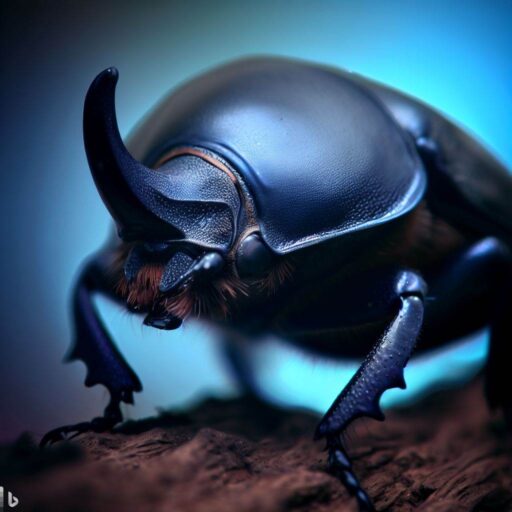
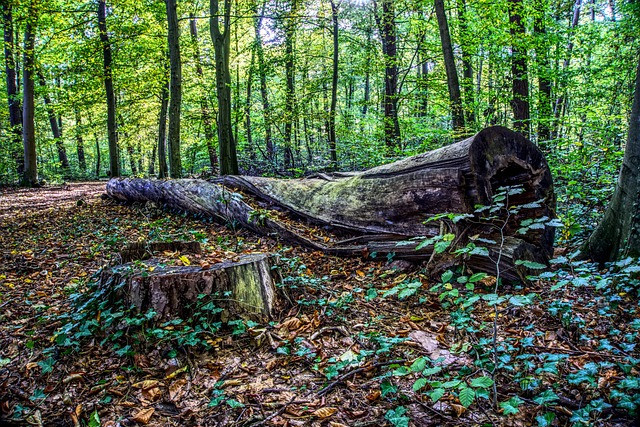
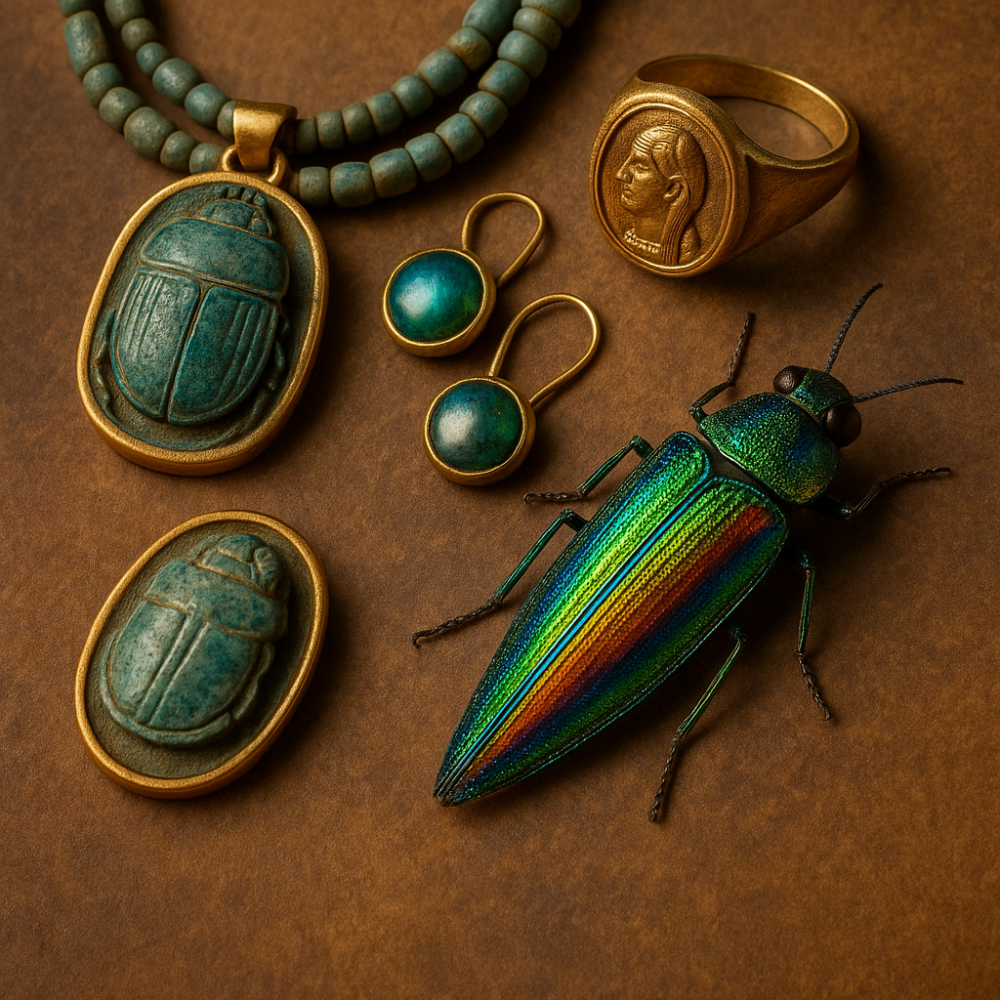
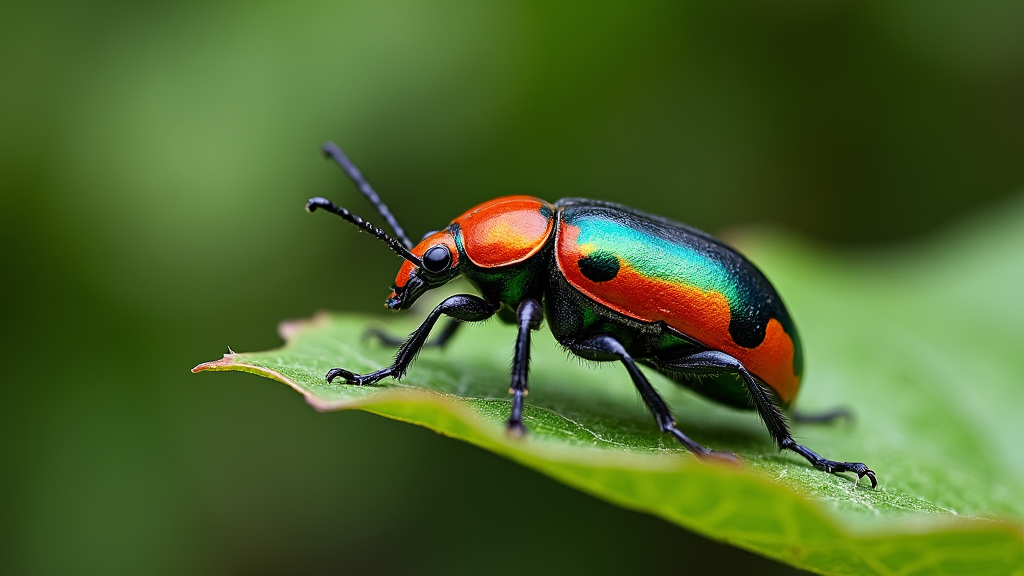
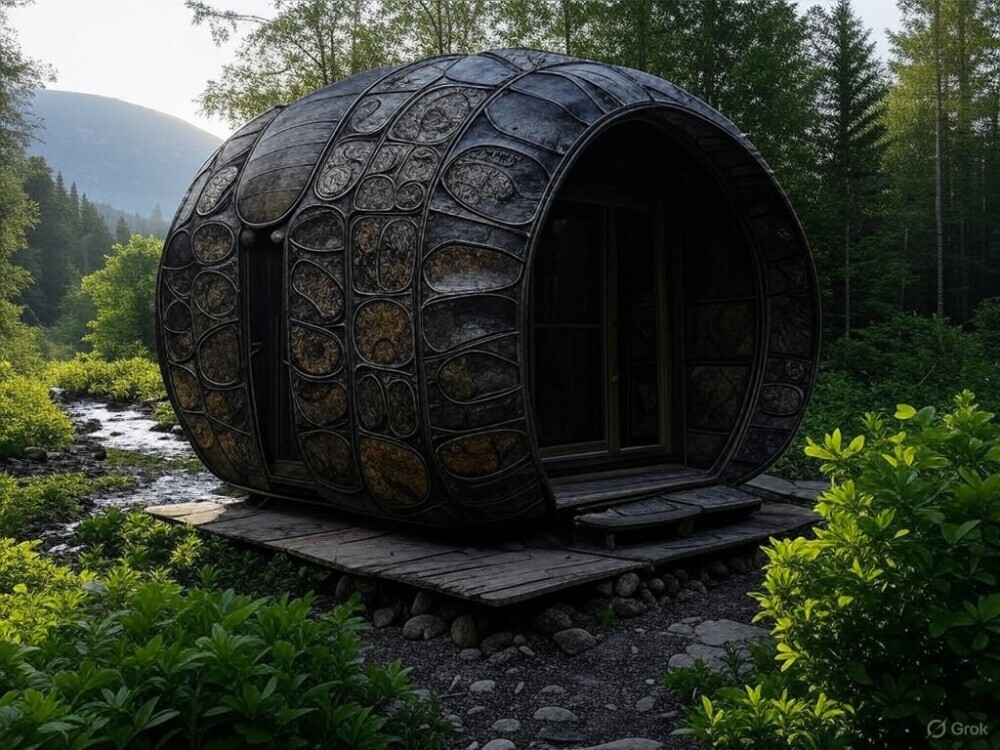
Leave a Reply